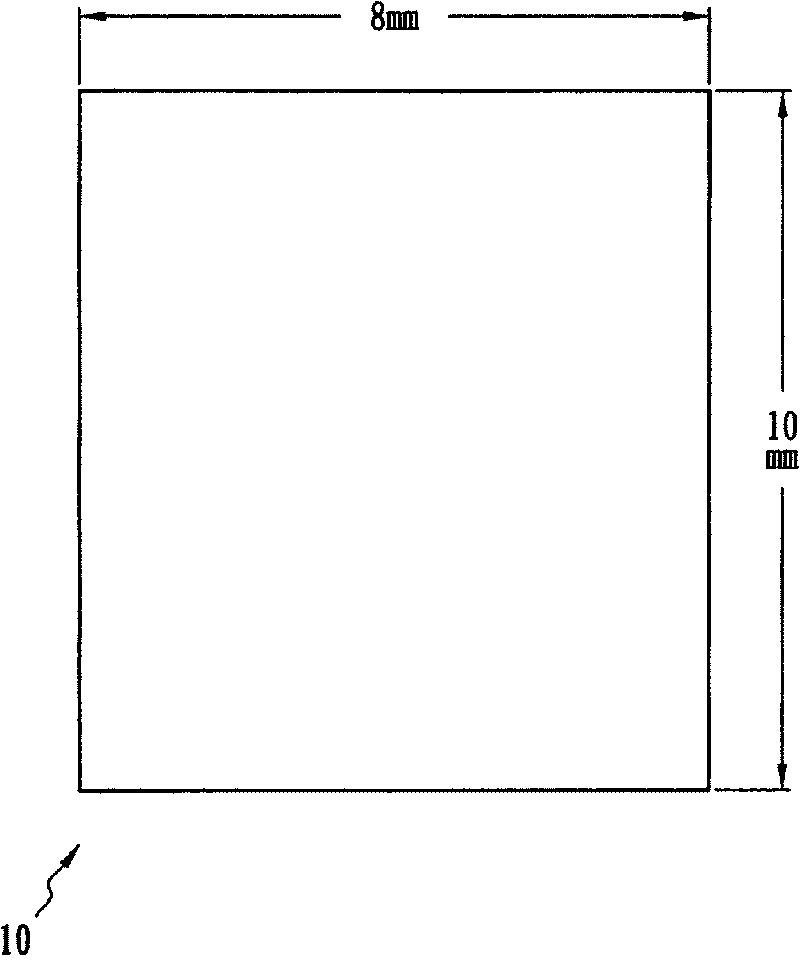Overcurrent protection component
An overcurrent and component technology, applied in the field of overcurrent protection components, can solve the problems of small maintenance current, high resistance, and inability to effectively increase heat dissipation efficiency.
- Summary
- Abstract
- Description
- Claims
- Application Information
AI Technical Summary
Problems solved by technology
Method used
Image
Examples
Embodiment Construction
[0013] The following will take the addition of different proportions of PVDF as an example to illustrate the characteristics of the conductive polymer of the present invention and the overcurrent protection component composed of it.
[0014] Table 1 shows the formula ingredients of each experimental group (Ex.1 to Ex.6) and the control group (Comp.1 and Comp.2) shown in volume percentage, wherein the carbon black as the conductive filler is selected from Columbia Chemical Company (Columbian Chemical Company ) produced model RAVEN 430ULTRA product, titanium carbide ceramic powder used as conductive filler is model TI-302 product produced by Micron Metals, Inc.; high density polyethylene (HDPE) of polyolefin polymer substrate is selected The model TAISOX HDPE-8010 product produced by Formosa Plastics, Inc., and the PVDF are selected from the model KYNAR741 and KYNAR761 products of ATOFINA Chemical Company.
[0015] Table I
[0016]
TiC
car...
PUM
| Property | Measurement | Unit |
|---|---|---|
| melting point | aaaaa | aaaaa |
| melting point | aaaaa | aaaaa |
Abstract
Description
Claims
Application Information
 Login to View More
Login to View More - R&D
- Intellectual Property
- Life Sciences
- Materials
- Tech Scout
- Unparalleled Data Quality
- Higher Quality Content
- 60% Fewer Hallucinations
Browse by: Latest US Patents, China's latest patents, Technical Efficacy Thesaurus, Application Domain, Technology Topic, Popular Technical Reports.
© 2025 PatSnap. All rights reserved.Legal|Privacy policy|Modern Slavery Act Transparency Statement|Sitemap|About US| Contact US: help@patsnap.com



